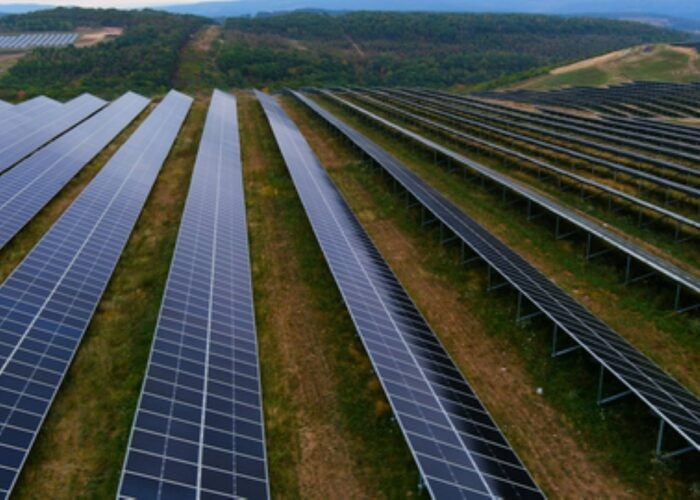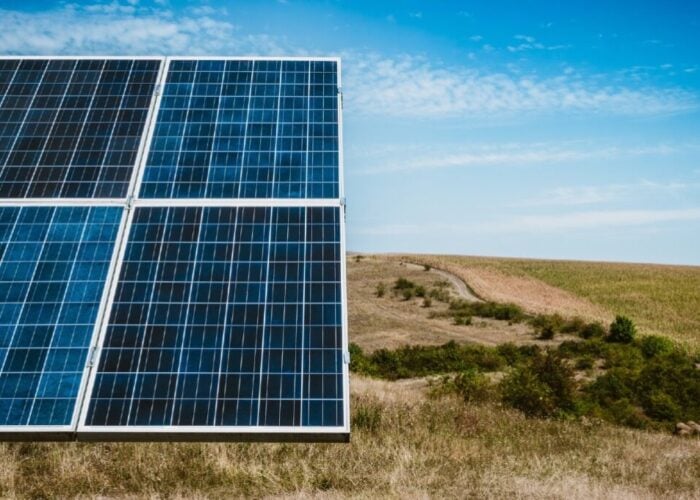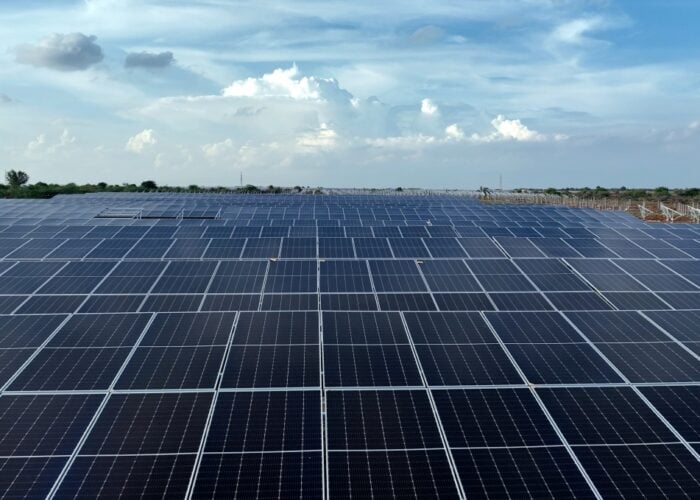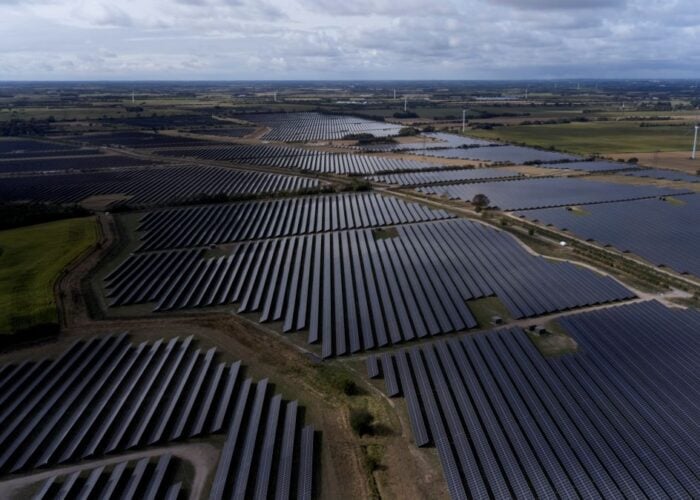
The first megawatt-scale floating solar project in the Philippines has come online, according to solar EPC contractor Black & Veatch.
The 5MW site is floating on 3 hectares of the Malubong Reservoir on the island of Cebu in the Philippines archipelago. It was commissioned by the Carmen Copper Corporation, which operates a copper mine to the south of the reservoir.
Try Premium for just $1
- Full premium access for the first month at only $1
- Converts to an annual rate after 30 days unless cancelled
- Cancel anytime during the trial period
Premium Benefits
- Expert industry analysis and interviews
- Digital access to PV Tech Power journal
- Exclusive event discounts
Or get the full Premium subscription right away
Or continue reading this article for free
The project will supply 10% of the mine’s power needs, though Black & Veatch said it is designed to scale up to 50MW and has the “potential” to fully power the mine’s operations.
Jerin Raj, Asia Pacific managing director for Black & Veatch, said the project “exemplifies how engineering excellence and environmental stewardship can converge to deliver transformative infrastructure”.
Floating solar – known variously as FPV or “floatovoltaics” – is an emerging sector in the PV industry. Floating solar deployments avoid land use concerns that can follow solar technology, and positioning modules above water can reportedly improve their efficiency by keeping them cool. Modules over bodies of water can also reduce evaporation, which is particularly useful for reservoirs.
Speakers at the Intersolar Europe trade event in Germany earlier this year claimed that floating PV on just 10% of the world’s suitable reservoirs could meet almost all of global electricity demand. However, realising that will take considerable legislative and financial commitments.
Southeast Asia has been identified as a major potential growth region for “floatovoltaics”, with vast amounts of available bodies of water in countries like the Philippines and Malaysia.
For its part, the Philippines has set ambitious renewable energy deployment targets. The Department of Energy (DOE) is aiming to meet 35% of the country’s energy demand with renewable energy by 2030, and in March announced an auction scheme seeking over 9GW of renewable power capacity paired with storage, including ground-mount, rooftop and floating PV.
In January, the Emirati state-owned renewables developer Masdar signed an agreement with the DOE to seek to develop 1GW of solar, wind and energy storage capacity in the Philippines.






